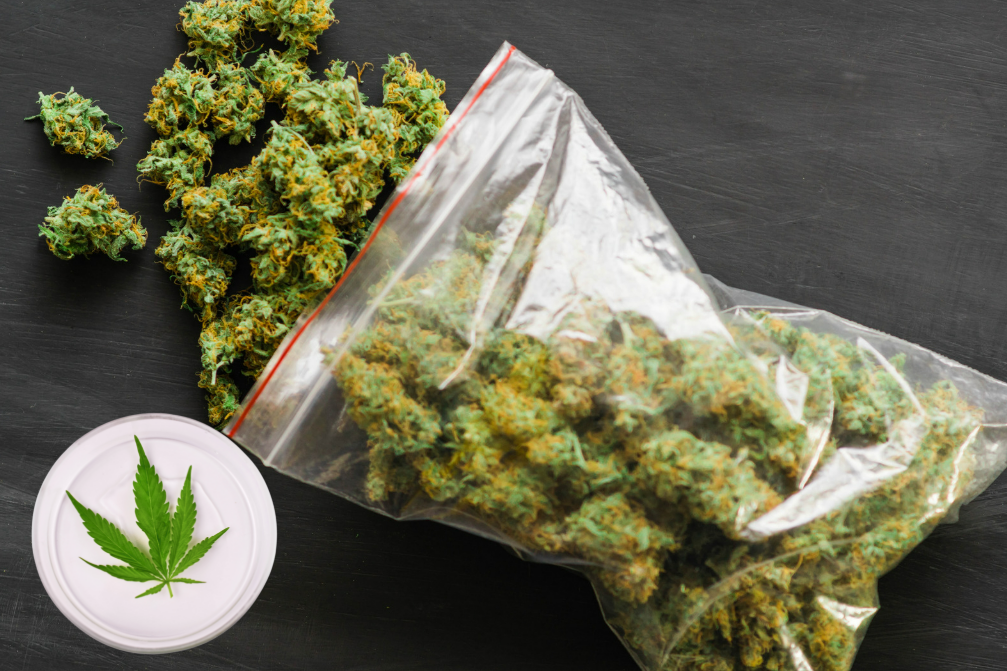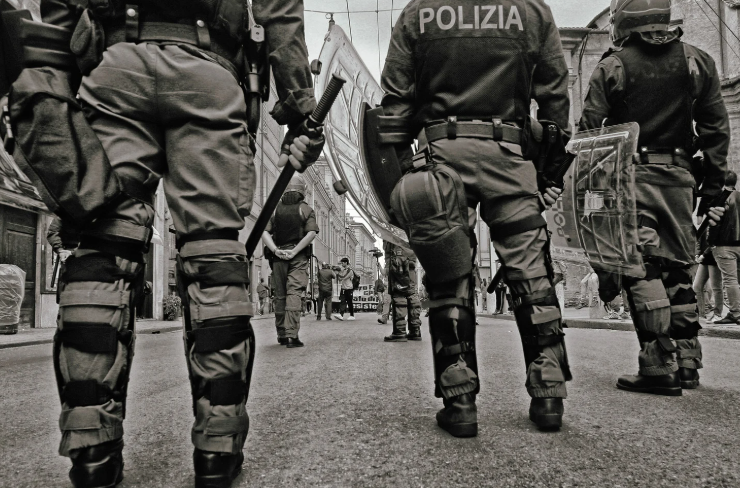What to Do After a California Slip and Fall Accident

What to Do After a California Slip and Fall Accident
Slip-and-fall accidents are very prevalent in the country. As a matter of fact, statistics show they are the number one cause of intentional injuries. While seemingly minor incidents can result in serious injuries and huge financial burdens.
“Knowing what to do right after an accident can be key to protecting your rights and building your case for compensation,” says attorney Walter T. Clark of Walter Clark Legal Group. Stay with us as we go through practical tips on what to do after a slip and fall.
Document the Scene
Documenting the scene right after the slip and fall is an absolute necessity. Take photos of the area, including the hazards that caused your fall. Note the weather and lighting at that time. If possible, get witness information and statements.
This is important because it will support your claims later on. Without it, details will fade or become distorted over time. A complete record will give you concrete evidence when you file for compensation for injuries incurred during the incident.
Medical Attention After an Accident
While documenting the scene is important, medical help comes first. If you cannot gather evidence because of injuries, get treatment first. Timely medical attention not only takes care of your health but also creates a record of your injuries that will support your future claims.
Delays in treatment can create gaps in documentation which can hurt your case for compensation. Insurance companies will argue that if you waited to get help, your injuries were not that bad or were not related to the accident. Take care of yourself and get proper care while preserving the evidence for later claims.
Collecting Evidence for Your Case
After seeking medical help, focus on gathering evidence to support your personal injury claim. This includes any documentation in the hands of the other party, such as surveillance footage or incident reports.
Consider sending a spoliation letter to preserve this evidence, informing them that you expect it not to be destroyed. Collect your medical records and bills related to treatment from the accident as well.
Medical documentation helps demonstrate the severity of your injuries and link them directly to the incident. Comprehensive evidence strengthens your case while holding all parties accountable for their actions surrounding the slip and fall accident.
Understanding Your Legal Options
After gathering evidence, assess your legal options. Consulting with a personal injury lawyer with vast knowledge in slip and fall cases provides guidance on the potential for compensation based on your circumstances.
Discuss the specifics of your case, including medical records, documentation, and witness statements. A skilled personal injury attorney will help you navigate negotiations with insurance companies or pursue legal action if necessary. They ensure you understand any deadlines associated with filing claims.
Taking this step allows you to approach the situation from an informed perspective. It also helps in maximizing your chances for a favorable outcome in securing compensation for your injuries and losses.
Choosing the Right Personal Injury Lawyer
As you assess your legal options, focus on finding the right personal injury lawyer in California. Check their track record for securing favorable outcomes for clients and their approach to client communication. Ensure they offer a free consultation to discuss your case without upfront fees.
Consider reading client reviews or seeking recommendations from trusted sources. A skilled personal injury lawyer will advocate for your rights while guiding through each step of the process, helping you achieve a just outcome for your injuries.
Understanding What to Expect from a Successful Claim
With the right legal support, you can expect fair compensation for your losses stemming from a slip-and-fall accident. This encompasses a range of damages, including economic losses like medical expenses and lost income, as well as non-economic damages such as pain, suffering, and emotional distress.
While punitive damages may apply in cases of gross negligence, they are rarely awarded because courts require clear evidence of intent to harm. A successful claim should cover all relevant losses while ensuring accountability for those responsible for your injury.

Related Items:





